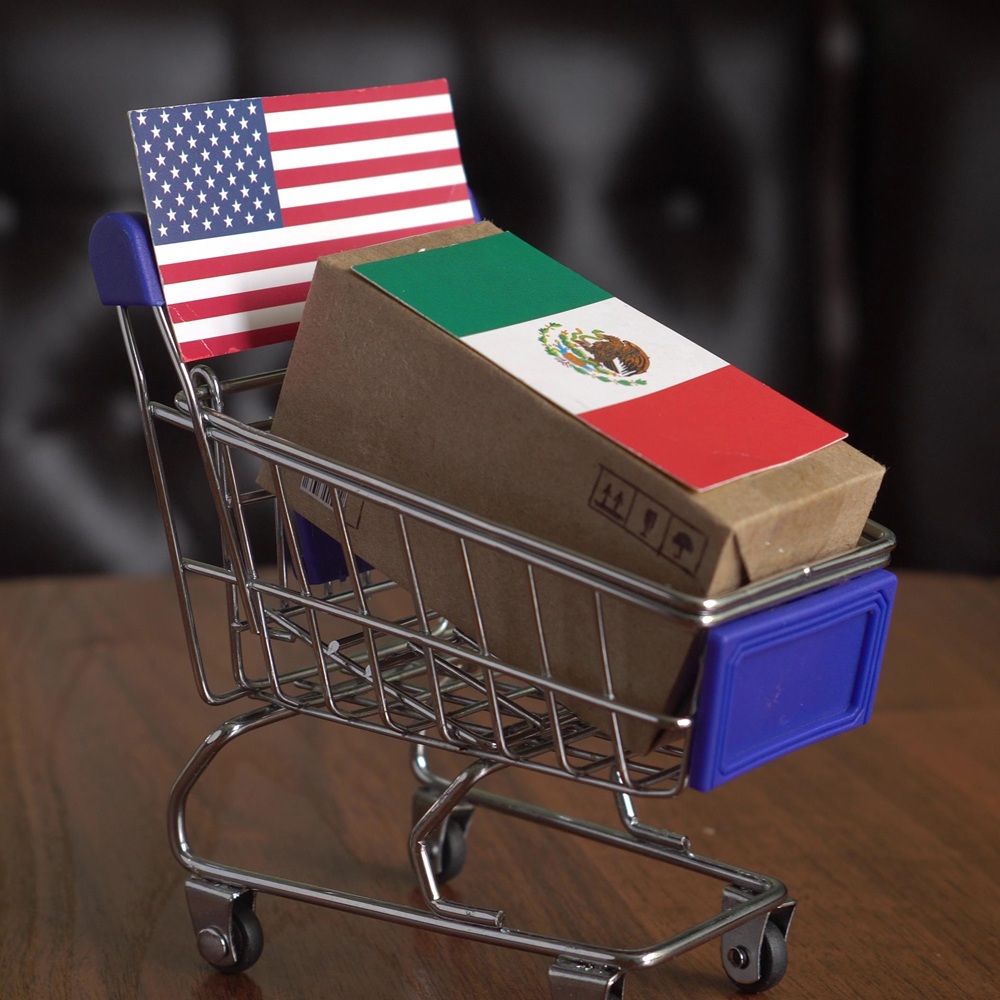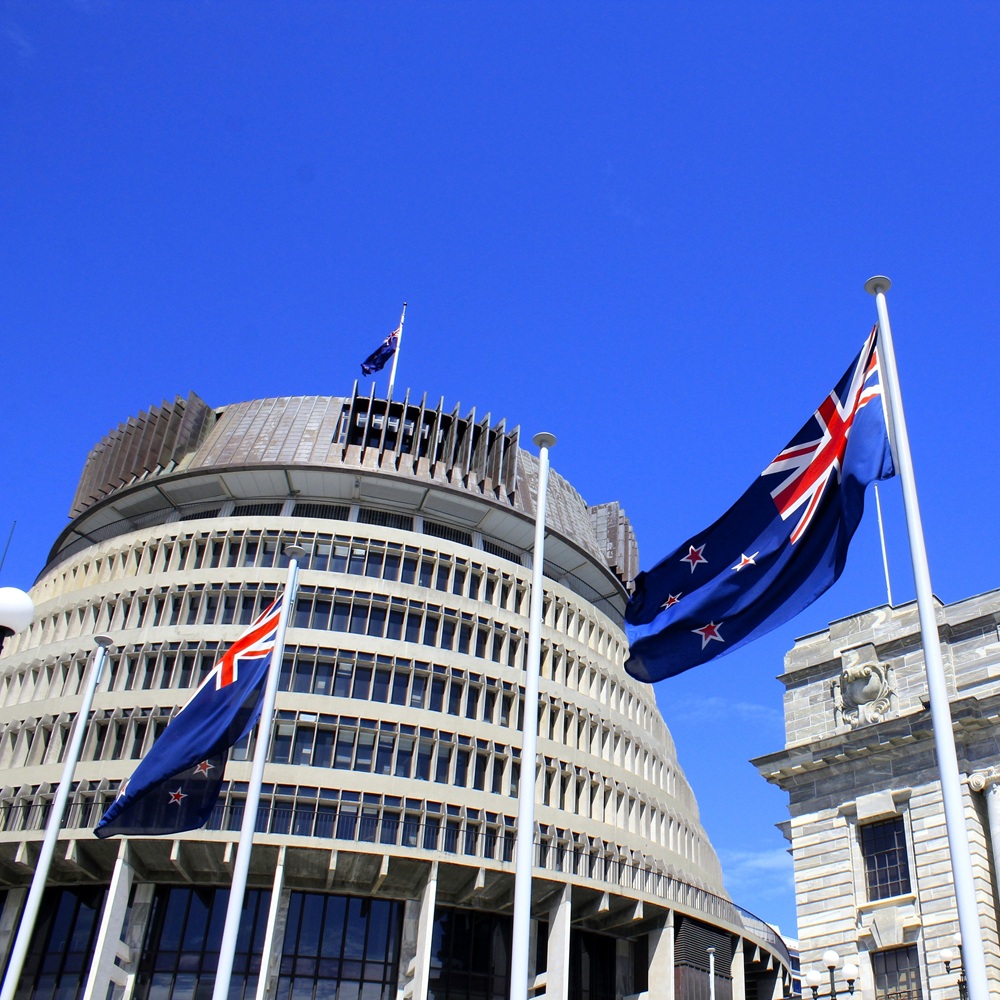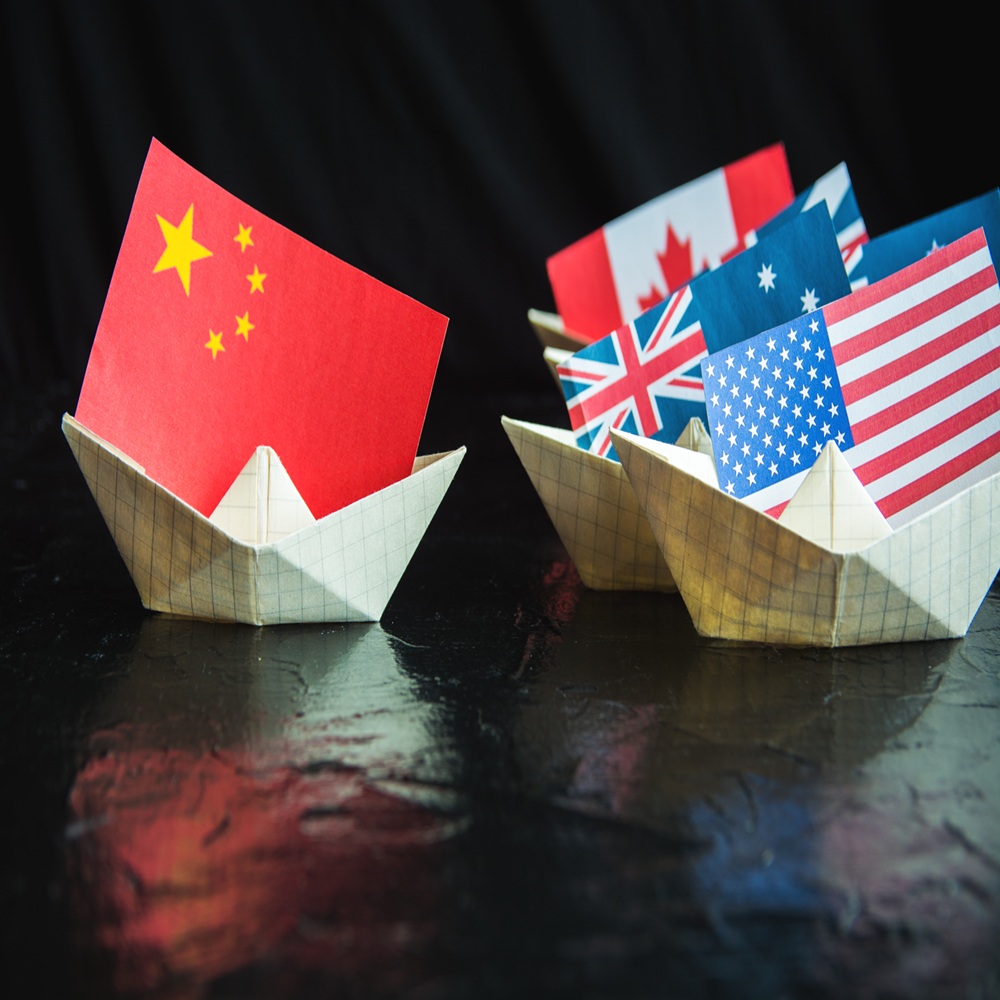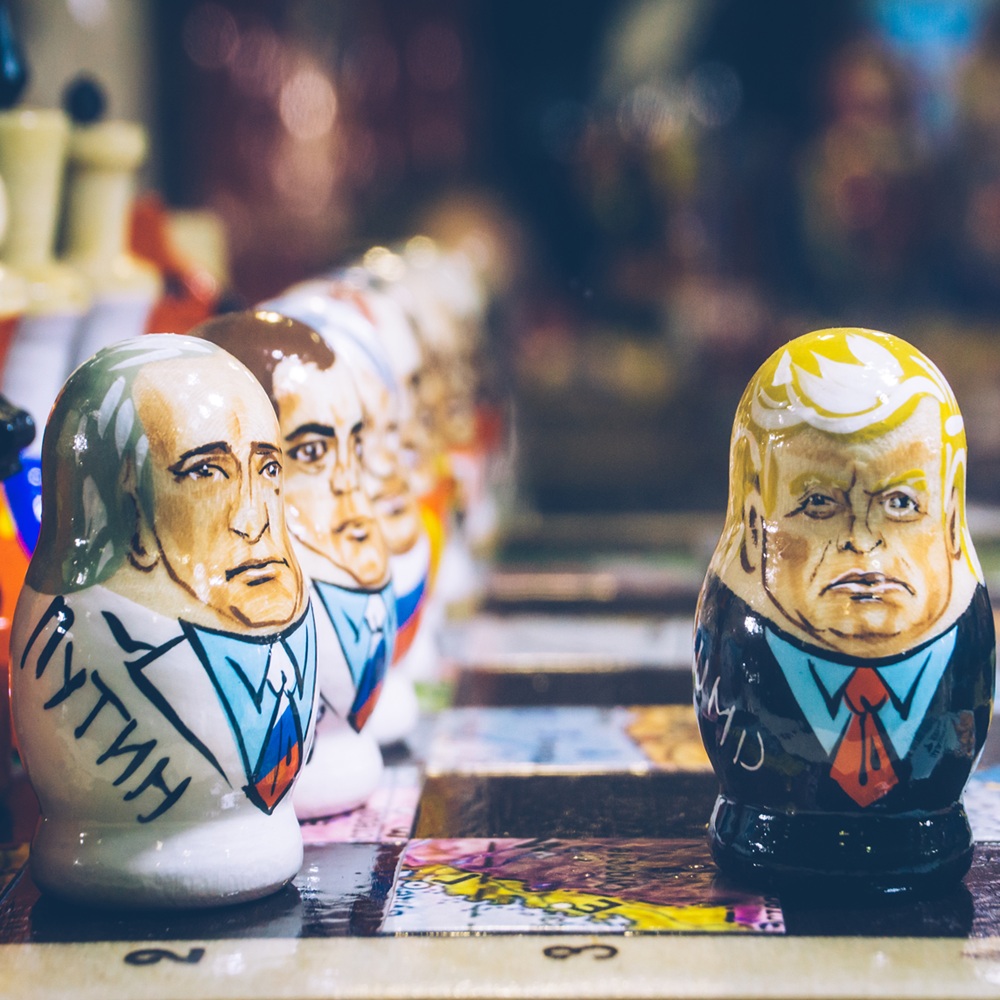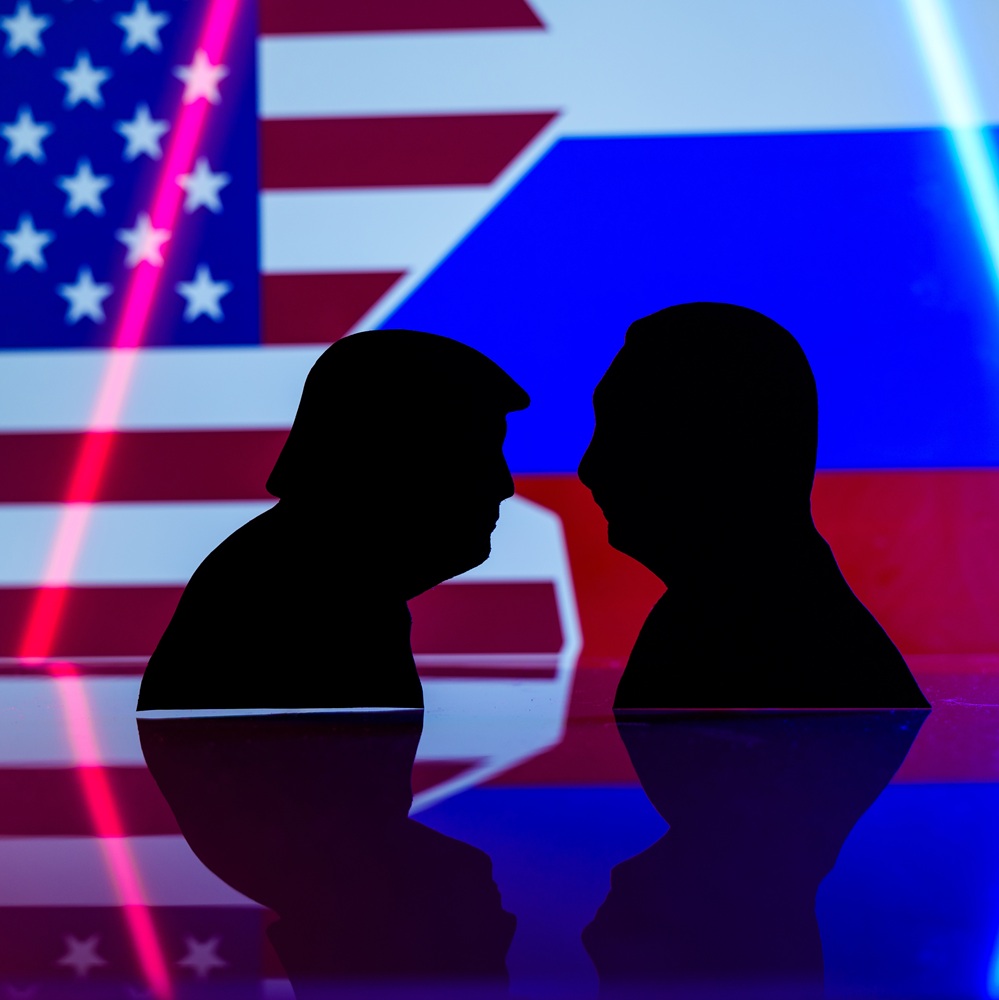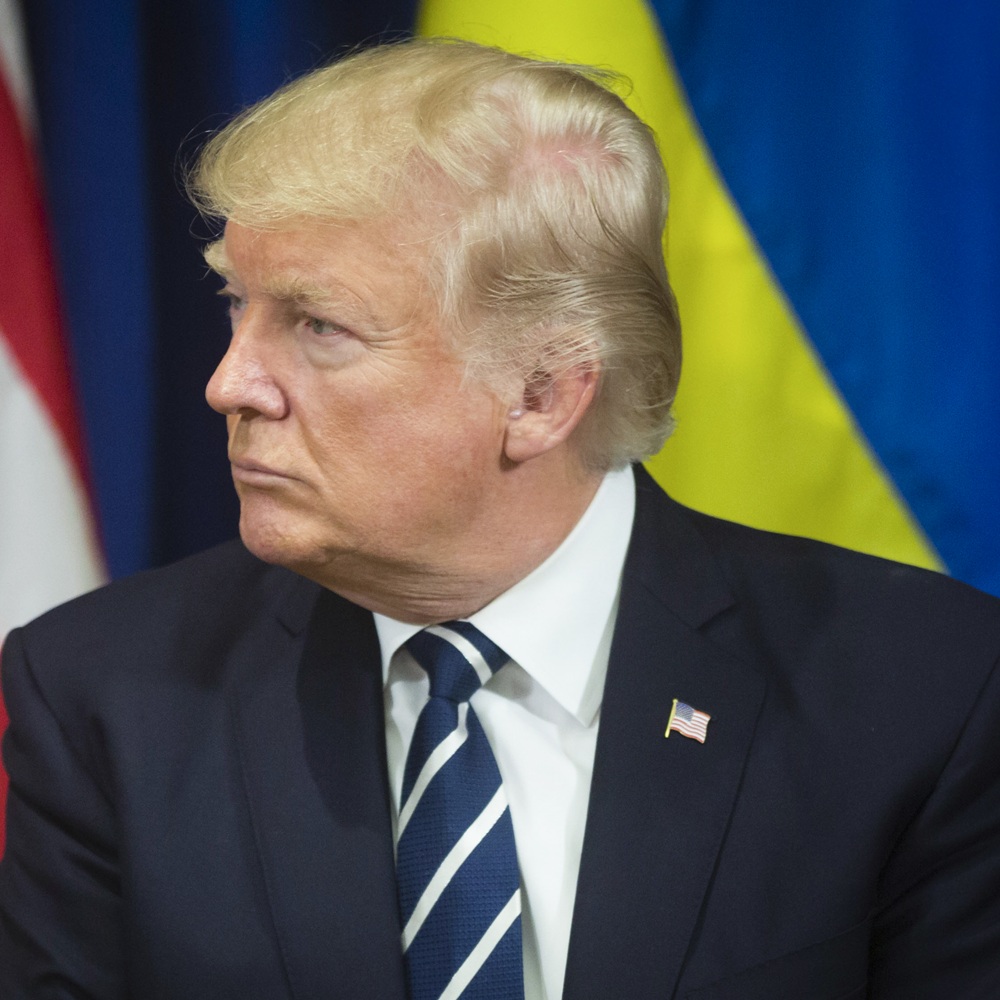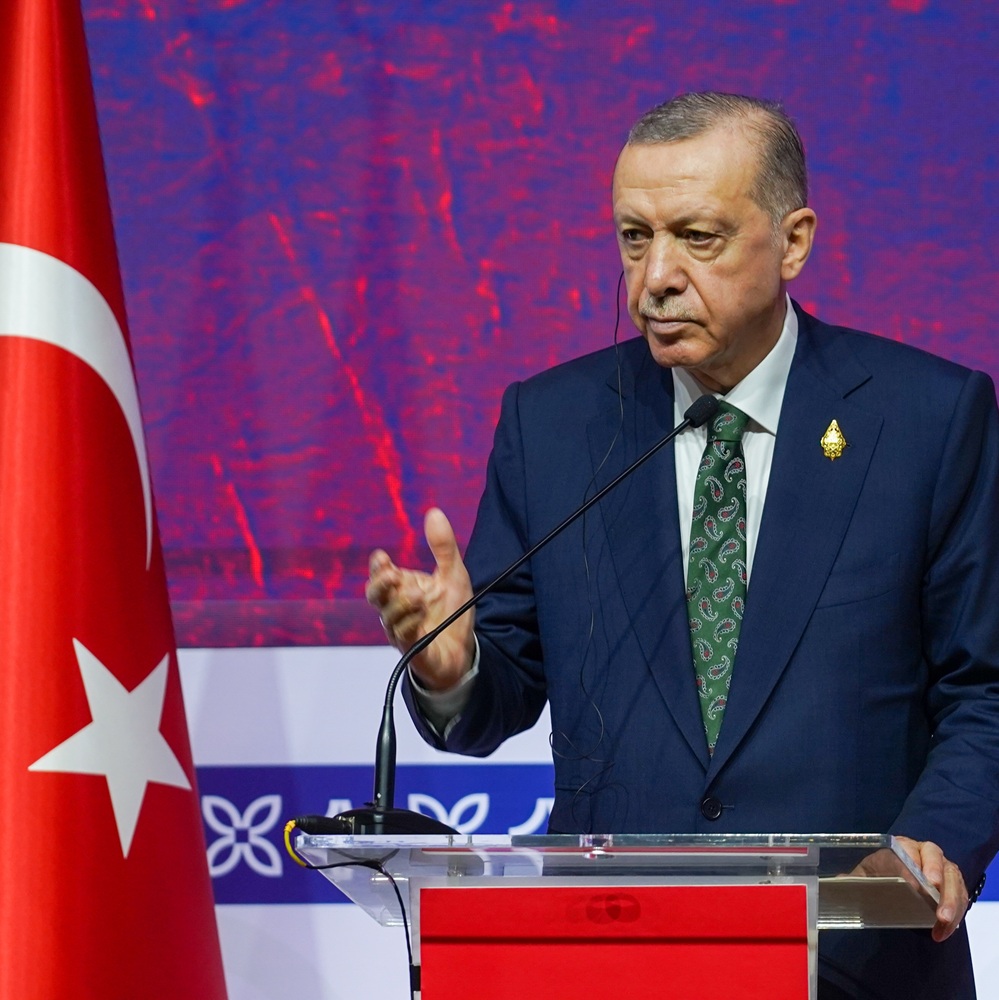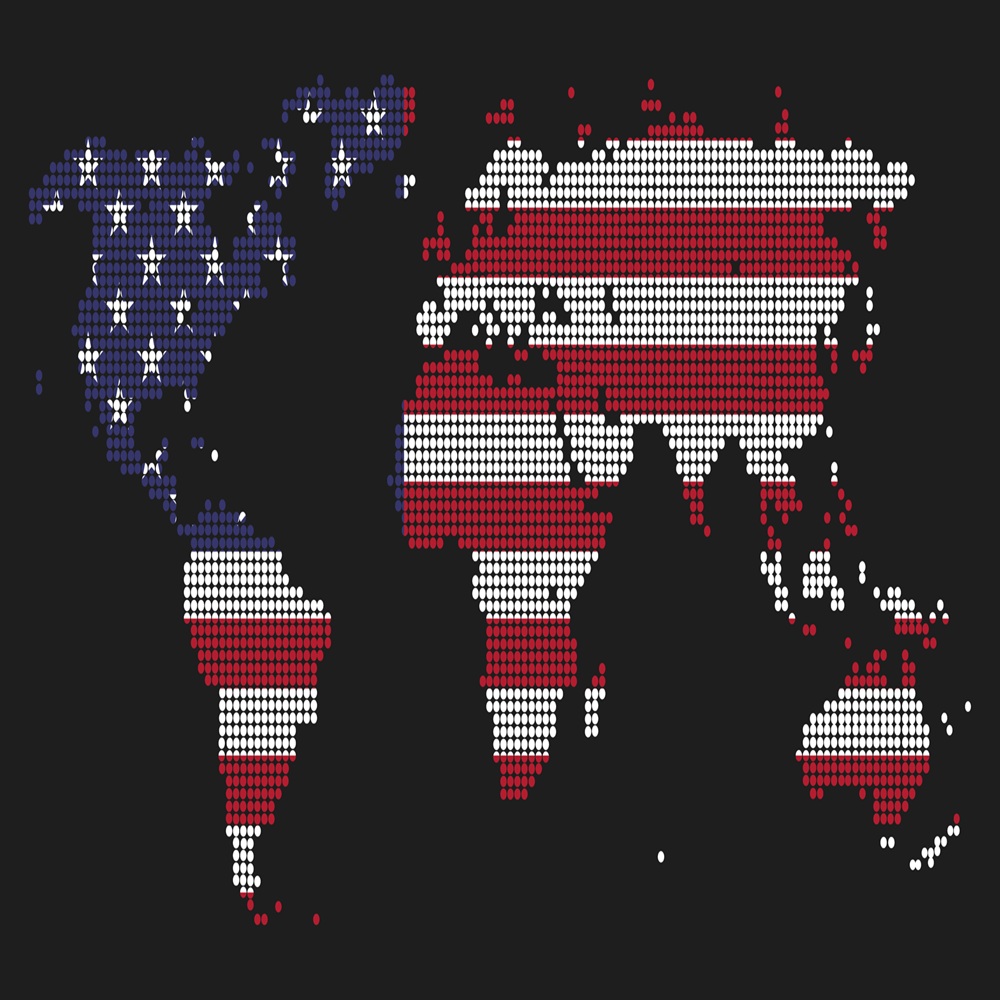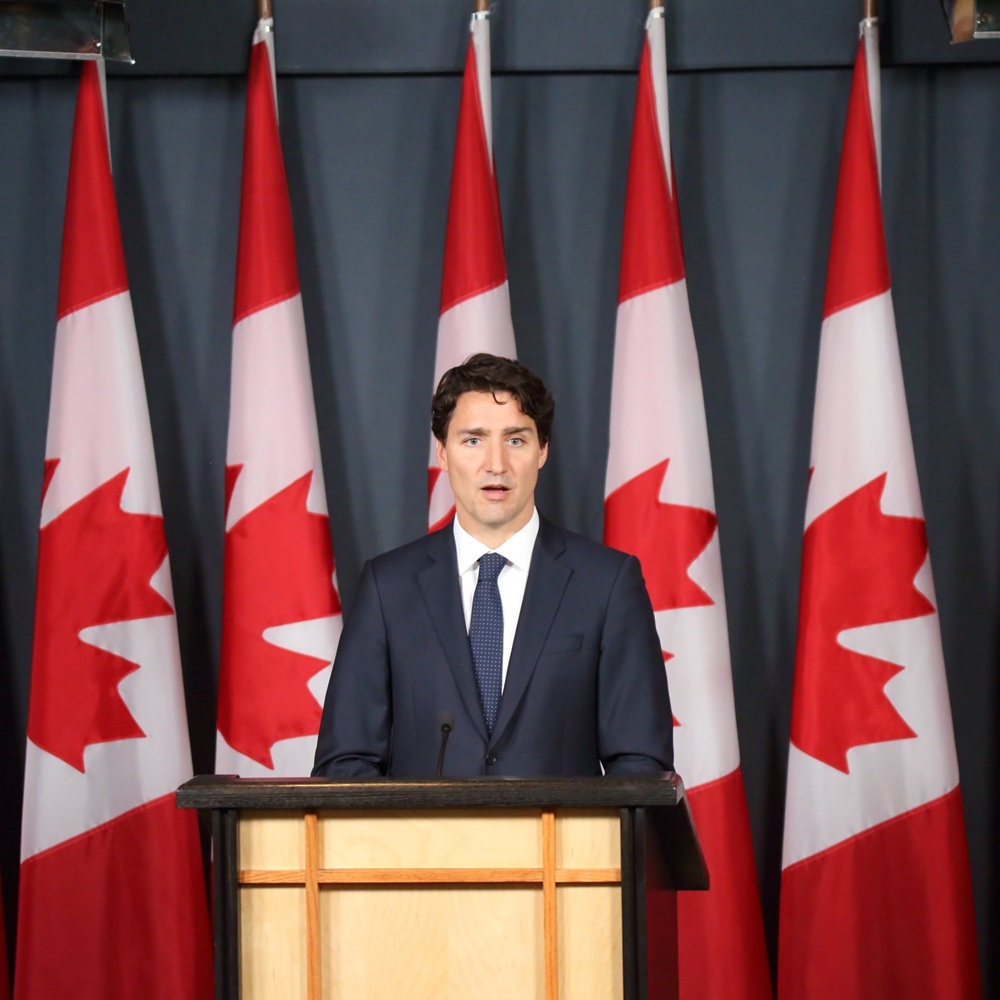
Trudeau taps out: How Trump’s taunts and tariff threats added to domestic woes confronting Canada’s long-standing PM
by Patrick James
한국어로 읽기 Leer en español In Deutsch lesen Gap اقرأ بالعربية Lire en français Читать на русском After weeks of speculation over his future, Canadian Prime Minister Justin Trudeau announced his intention to resign on Jan. 6, 2025. His departure will bring an end to a decade of power for the progressive politician and once-darling of the liberal left. It follows infighting in his own party and a slump in Trudeau’s popularity to the point where he trails the leading opposition candidate by over 20 percentage points. But it can’t escape notice that the resignation comes just weeks ahead of a Trump administration – and after a barrage of personal slights and threats of punishing tariffs directed at Canada by the incoming Republican president. The Conversation turned to Patrick James, an expert on Canadian-U.S. relations and Dean’s Professor Emeritus at USC Dornsife, to explain why Trudeau chose now to bow out – and what role Trump played in his departure. Why did Trudeau resign? The first thing to note is that Trudeau’s resignation is no real surprise to anyone following Canadian politics – the only real surprise is the timing. At its heart, this is a personal political decision; the reality is Trudeau’s party was doomed in the next election – which is due to take place before the end of October 2025. Barring any wild changes between now and the vote, the chances of Trudeau’s Liberal Party winning are as dead as a doornail. The opposition Conservative Party, also known as the Tories, are up in the polls by some 24 points. The Tory leader, Pierre Poilievre, has done a reasonably good job at moderating his image from that of a hard right-winger – narrowing any chance Trudeau had of capturing enough of the center he needed. My best guess is that, faced with this imminent defeat, Trudeau believes getting out now will insulate him and make it more likely that he can return to front-line Canadian politics further down the line, after a period of time in the wilderness. Is such a return likely? While in the U.S. figuratively dead presidents rarely come back to life – with Grover Cleveland and Trump the only ones to return after a reelection loss – in Canada, there is a bit more of a tradition of political resurrection. This stretches back to the country’s first prime minister, John A. MacDonald, who resigned in 1873 amid scandal only to be reelected five years later. William Mackenzie King served three nonconsecutive terms as prime minister in the first half of the 20th century. And Trudeau’s father, Pierre Trudeau, came back after losing the 1979 election to serve a fourth and final term in 1980. But I feel with Justin Trudeau it is different. At this moment in time, his parliamentary career looks beyond rehabilitation. He is deeply unpopular and has enraged many of his loyal lieutenants – with the resignation of longtime ally and Deputy Prime Minister Chrystia Freeland in December adding to the pressure on Trudeau to resign. And while inflation – a scourge of left, right and center incumbents the world over – no doubt played a role in Trudeau’s declining popularity, other factors are at play, too. Canadians generally feel that given the cards he was dealt, Trudeau still played a bad hand. Under Trudeau, immigration to Canada increased massively – and many blame this for a housing affordability crisis. More generally, it seems like Trudeau, despite being the relatively young political age of 53, is out of step with politics at this precise moment in time. Trudeau, much like his father before him, is very much associated with identity politics, focusing on the perceived needs of certain groups over others. And while the merits of identity politics can be argued, what is certainly true is that it isn’t particularly popular anywhere in the world right now. Indeed, right-of-center populists such as Trump have been able to make great political capital in painting opponents as identity politicians. How did Trump’s election win affect Trudeau’s prospects? Former Deputy Prime Minister Freeland resigned in part over discontent with the way Trudeau had responded to Trump’s proposed tariffs on Canadian goods. And that discontent with the way Trudeau was dealing with the incoming Trump administration extends to a lot of Canadians, regardless of their political stripes. The Canadian economy isn’t in good shape, and a 25% tariff – as envisioned by Trump – would be disastrous. Canadians are looking for someone who can negotiate with Trump from a position of strength, and that doesn’t appear to be Trudeau. In fact, faced with being trolled and humiliated by Trump – for instance, being referred to as a “governor” rather the leader of a nation – Trudeau has faced criticism for his weak response. He symbolizes a growing sense in Canada that the country is seen by policymakers in Washington as weak. While Trudeau reportedly laughed off a suggestion at Mar-a-Lago that Canada become the “51st state,” back home the remark was seen as a test – would Trudeau stand up for Canada or not? In this sense, Trump’s election provided a challenge to Trudeau but also an opportunity to stand up to Washington – something that would have won him favor among anti-American Canadian nationalists. Instead, he is perceived to have cowered before Trump, further damaging his reputation at home. What will Trudeau’s legacy be in regard to US-Canada relations? I believe he got caught up in a dynamic that has seen a growing perception in the U.S. – as espoused by the incoming president – that Canada is freeloading militarily off its southern neighbor. President Joe Biden is more aligned politically with Trudeau, but, certainly under Trump’s first term, the Canadian prime minister was seen by Washington as one of the NATO leaders not paying a fair share for the military alliance. Partly as a result, Canada under Trudeau has dropped down the list of trusted allies – especially among Republicans. If you asked Americans to name Washington’s most trusted ally, the United Kingdom or Israel would likely beat out Canada. Trump’s statements since being reelected suggest that he sees Canada as less an ally and as more of an irrelevance. Comments regarding the buying of Greenland point at Trump’s desire to run roughshod over the desire of other nations in order to be more active in the Arctic – something that should have raised alarms in Canada. So, in short, you can characterize Trudeau’s relationship with the U.S. as OK under Biden, bad under Trump’s first administration and – potentially – irrelevant under Trump II. What happens next in Canadian politics? I see one of two things happening. The most likely scenario is that the Conservatives will win an election that could take place any time between March and October. Current polling suggests they are on course of winning over 50% of the vote. If that happens, we can expect a Canadian government much more aligned with that of the incoming U.S. administration – with a more centralist foreign policy and border reforms that will tighten immigration controls. And the timing may provide an opportunity for Trudeau’s successor to start afresh with Trump and forge a relationship that is either stronger or, alternatively, to reassert a degree of Canadian resistance to Trump. The second scenario is what I call “the French oddity.” Just like in France’s last election in which the two main anti-right parties entered a noncompetition deal to thwart the far-right National Rally, we could see the Liberal Party and the socialist New Democratic Party try something similar in an attempt to blunt Tory gains. But that is a long shot and still won’t increase the chances of Trudeau returning. As for the Liberal Party post-Trudeau, it is difficult to see who will want to lead it into a near-certain election defeat. But I believe the most likely outcome will be the party will try to tack to a more centralist, economically conservative agenda. It would truly mark the end of the Trudeau era.









